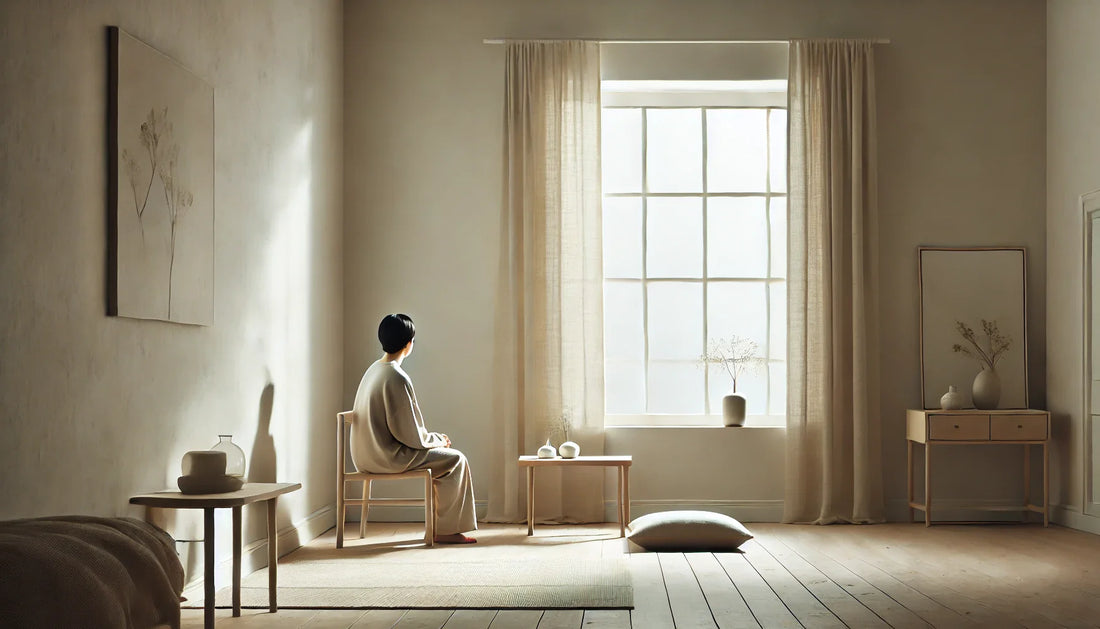
The Role of Negative Space: Why Proper Lighting Matters
Share
Minimalism is not about emptiness—it’s about intentional space. Negative space gives design room to breathe, and light gives that space meaning. When used thoughtfully, lighting doesn’t just fill a room—it defines it. It draws boundaries, shapes emotion, and highlights the beauty of what isn’t there.
Seeing the Space Between
In minimalist design, what’s left unlit is as important as what’s illuminated. Soft, indirect lighting emphasizes proportion and texture, allowing negative space to speak. A single beam on a wall or a quiet pool of light on a table can evoke more emotion than an entire chandelier.
Balance Through Light and Shadow
Proper lighting creates dialogue between form and emptiness. Diffused light softens sharp edges, while shadow adds depth and dimension. The key is contrast—warmth and coolness, brightness and restraint—so that your eye moves naturally through the room.
Designing with Restraint
Too much light flattens a space; too little hides its character. Find the middle ground by layering ambient, task, and accent lighting subtly. Let the walls, textures, and materials reflect light rather than compete with it. The result is atmosphere—not glare.
Product Spotlight: The Ruum Studio Lighting Collection
The Ruum Studio Lighting Collection was designed to honor negative space. Each fixture—whether pendant, sconce, or lamp—casts light that interacts with texture, form, and silence. The design philosophy is simple: let light guide emotion, not overwhelm it.
The Quiet Power of Restraint
Lighting minimal spaces is an art of holding back. Leave areas of shadow untouched so that light feels deliberate. Emptiness framed by illumination becomes something sculptural, even sacred.
Closing Thoughts
Negative space is not absence—it’s presence defined by intention. With proper lighting, every shadow, glow, and reflection becomes part of a calm visual rhythm. When light meets restraint, minimalism moves from simplicity to serenity.
